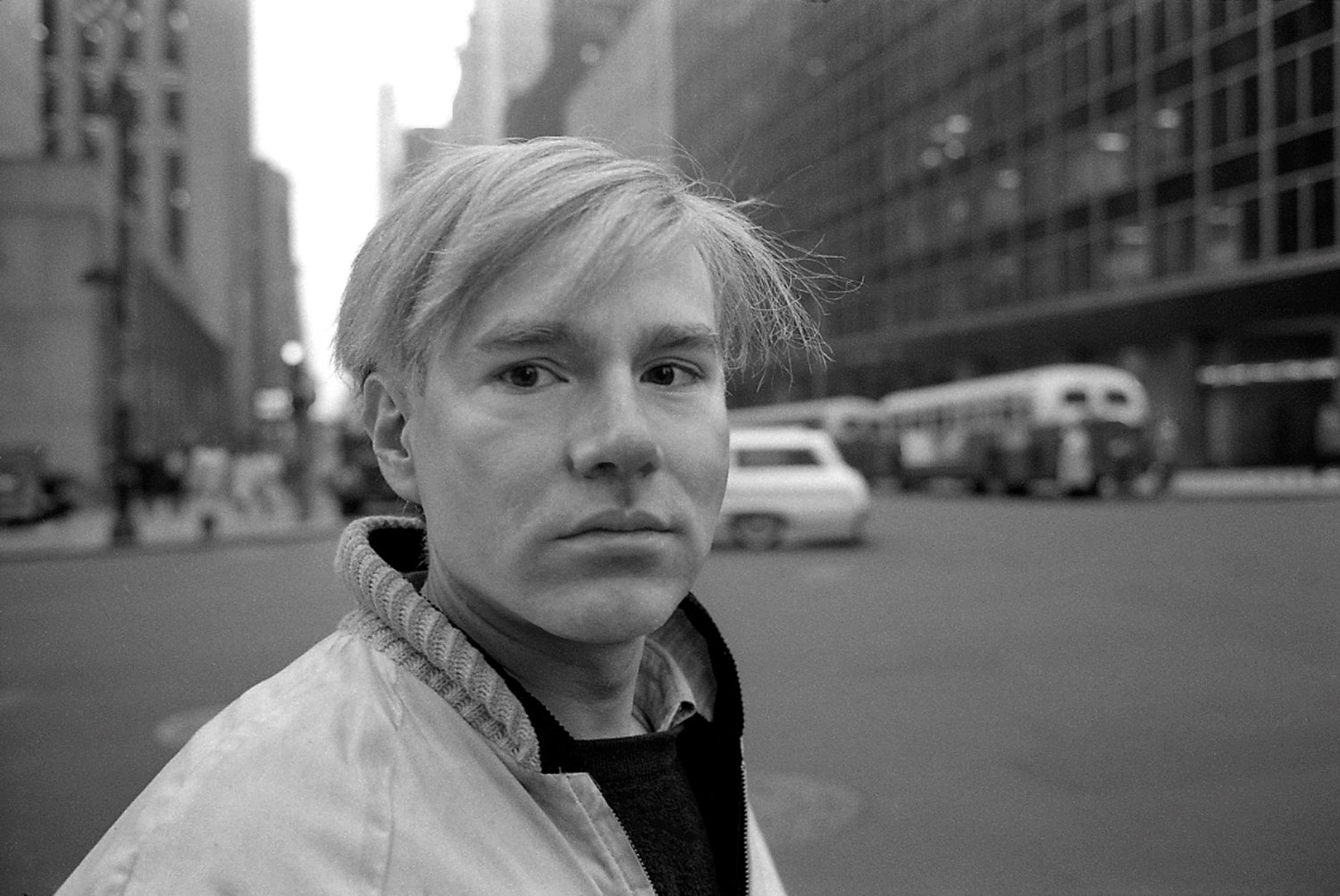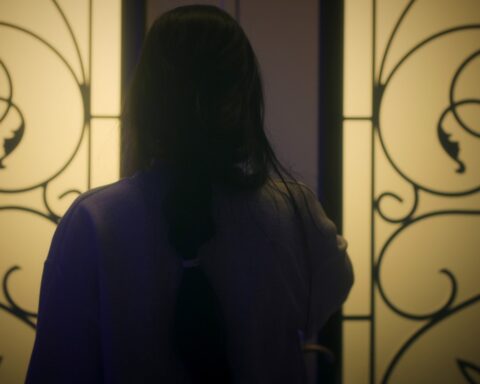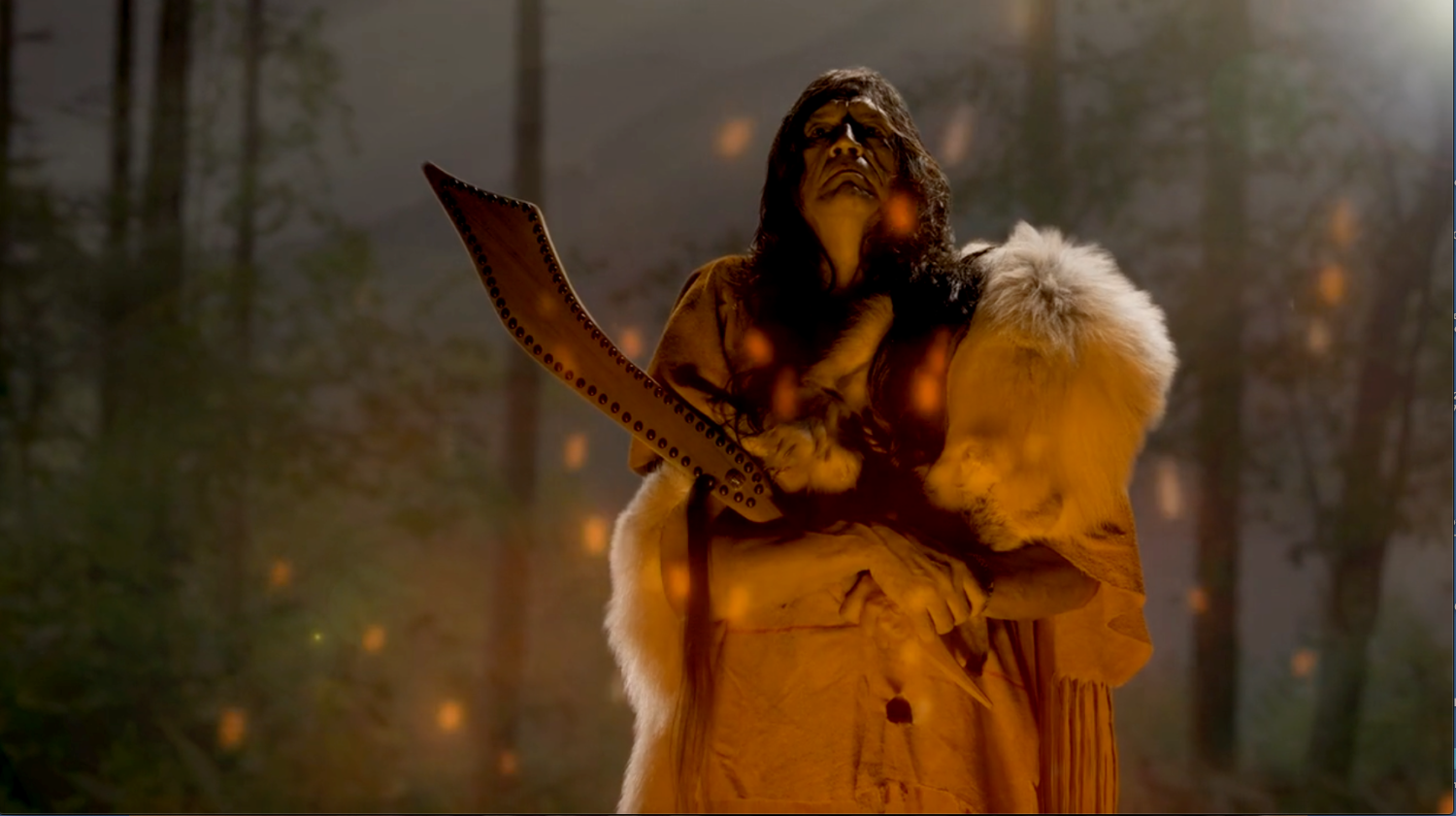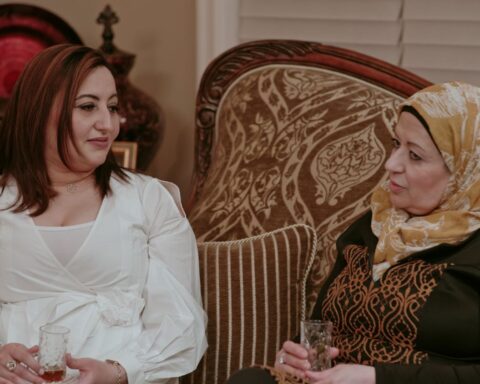The Andy Warhol Diaries
(USA, 6 episodes x 54-75 min.)
Dir. Andrew Rossi
“Machines have less problems,” said Andy Warhol. “I’d like to be a machine, wouldn’t you?”
The iconoclastic artist gets his wish in The Andy Warhol Diaries. Warhol’s voice comes to life with haunting, mildly robotic inquisitiveness and vigour in this excellent Netflix doc series. The Andy Warhol Diaries recreates the artist’s cadence using state of the art artificial intelligence. Actor Bill Irwin performs these entries from Warhol’s published diaries, edited by Pat Hackett. They receive an uncanny resemblance to Warhol’s true voice once filtered through the machine. The series, moreover, takes a lesson from the (wildly over-hyped) controversy surrounding the use of AI to re-create six words of dialogue in Anthony Bourdain’s voice for Roadrunner. Director Andrew Rossi flags at the outset that the narration comes with the consent of Warhol’s estate. There really wouldn’t be any other way to bring The Andy Warhol Diaries to screen faithfully without him.
The Andy Warhol Diaries is an expansive yet intimate study of an American icon. This six-part series, executed produced by Ryan Murphy, covers Warhol’s life, work, and love in-depth. It’s both an immersive celebration of an artist’s oeuvre and a profoundly sad study of the man. Rossi’s meticulously researched series unpacks the words that endure in Warhol’s posthumously published diaries, the edits that shaped and dramatized them, and the stories that never went to print. Filled with insiders’ stories and star-studded details that helped define Warholmania, the series is a fitting extension of the artist’s signature portraiture: the best icons are immortalised in their art. We only truly understand them by engaging with their work again, and again, and again.
A Whole Other Can of Soup
Rossi divides the episodes into a general cradle-to-crave narrative. The chapters, however, consider Warhol’s life thematically. The series outlines the genesis of the Warhol diaries, which began as daily conversations between the artist and Pat Hackett. Their calls, Hackett explains in a new interview with Rossi, were a mix of updates, ramblings, and reflections. It’s apparent from the footage, interviews, and writings that Warhol struggled with intimacy. These conversations are therefore extremely revealing and cathartic: therapy as well as editorial.
The series situates Warhol, born Andrew Warhola to immigrant parents in a working class Catholic neighbourhood of Pittsburgh, Pennsylvania, as an outsider looking in. These early biographical details are essential here. The Andy Warhol Diaries deftly builds upon any resource, tidbit, or detail it can to contextualize Warhol’s work.
Take, for example, Warhol’s early sketches of young men. They’re among the most explicitly gay pieces in his body of work. Although Warhol was plainly gay—one interviewee likens the question to asking if Liberace was gay—he didn’t overtly identify himself as such. There’s a lot that one can read in both his silence and his artistic expressions.
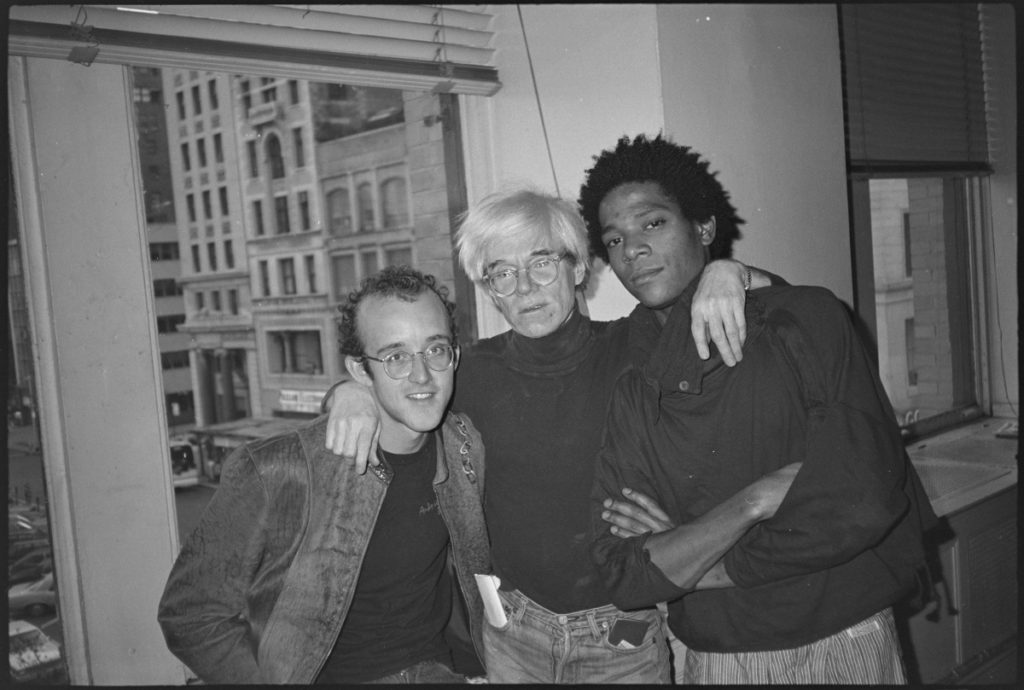
Warhol’s Loves
Warhol Diaries illustrates the frequent portrait of Warhol as an asexual scenester. Archival clips and interviews show Warhol skirting questions about sex. He loves it in poetry, art, and movies, but he suggests that sex is not quite as exciting under the sheets. Contemporary interviewees offer reminders that Warhol’s semi-closeted Catholicism might have just made him bashful on the subject, as would have the times. Moreover, Warhol’s peers say that he often treated sex as synonymous with intimacy. “Good sex” to Andy might have been watching a movie with a lover and some popcorn. Rossi isn’t especially keen to pin down what, if anything, Warhol was up to in the bedroom. Warhol’s work is so obviously sexualized, so the doc excavates the stories behind the provocative works.
The first key relationship in the trinity is Warhol’s love for Jed Johnson. Warhol Diaries tells how this striking young man with piercing eyes rolled into The Factory as a delivery boy after moving to the Big Apple with his twin brother Jay. The story goes that one of Warhol’s colleagues found Jed too handsome to be delivering packages and hired him as an assistant. Jed quickly became a muse for the much older Warhol. Warhol Diaries spends surprisingly little time at The Factory where Warhol filmed and photographed bohemians just like Cecil Beaton snapped portraits of the Bright Young Things. In both the still and moving images, Johnson’s magnetic relationship with Warhol’s camera hits like a jolt of lightning.
However, as the story turns with the fateful shooting of Warhol by Valerie Solanas, Johnson becomes the artist’s live-in caregiver. Johnson’s influence is everywhere in the work from this period, especially in the spark of youth that reinvigorated Warhol’s art.
Jean-Michel “the mascot” Basquiat
When Warhol’s lifestyle eventually becomes too much for Johnson, the latter leaves. Abandonment is a recurring theme in The Andy Warhol Diaries. See exhibit B: his relationship with Jean-Michel Basquiat. The connection again pits Warhol as both a mentor and a sort of sugar daddy. However, the doc situates this relationship within a period of stagnation for Warhol. Meeting Basquiat, however, the young Black artist offers an affectionate rival for the crown. There are murmurings that he’s the new enfant terrible of the pop art scene. Some critics, however, just think he’s terrible.
What The Andy Warhol Diaries witnesses, though, is genuine affection and intimacy between Warhol and Basquiat. Archival interviews show playful camaraderie that indicates more than friendship. As the series explores their collaborative art, Rossi and the interviewees unpack how Basquiat and Warhol fuelled each other. Basquiat initially thrives in this period, overtaking Warhol’s presence in their collaborations and making iconic creations quite prolifically. Again, Warhol’s romantic inclinations are about as fleeting as fame.
Interviewees don’t hold back as they suggest a perverted power dynamic between Warhol and Basquiat. Currents of white privilege, unconscious bias, and system racism filter through the retrospective. Warhol, they acknowledge, was Basquiat’s landlord. That facet obviously introduces a level of control and authority between the established author and the rising star. These complicated pieces make the puzzle of the Warhol/Basquiat relationship especially touching as the doc reaches the details of Basquiat’s 27th, and final, year.
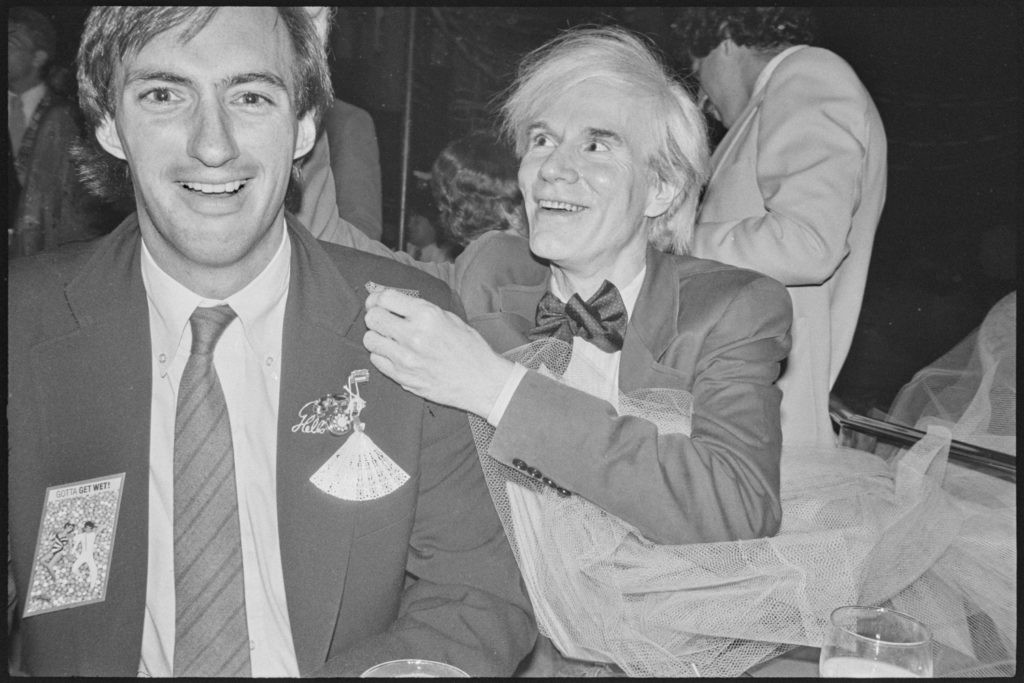
Dear Jon
Then there’s Jon Gould. Hackett notes that Gould didn’t want to be named in the Warhol diaries. Instead, Warhol asks that Gould be named as “Paramount Pictures,” the studio for which he worked. The code name speaks volumes about the interplay between the stories that people can tell in public versus the ones they can share privately. Gould and Warhol just click according to the interviews and the glimpses of happiness that audiences see in the archives.
One observes stability, respect, love, and understanding between Warhol and Gould in the images one sees and the words one hears. Gould’s brother, Jay—an ironic coincidence, since it seems Warhol had a thing for guys with a twin brother Jay—recalls a loving relationship between the artist and the film executive. Few accounts in The Andy Warhol Diaries afford a measure of stability to Warhol’s life. When they do, he’s usually mentioned in the same sentence as Gould.
There’s a great story of enduring love here, and one that makes The Andy Warhol Diaries especially poignant. The doc decodes a wealth of history and receives clear, no-nonsense testimony that Jon and Andy were in love. Moreover, Rossi finds incredible tidbits in the Warhol archive that illustrate their devotion. This is a beautiful love story, especially as framed within the times in which their relationship was taboo.
The doc smartly navigates the social reality of Warhol and Gould’s relationship in the 1980s with contemporary readings. Warhol Diaries poignantly unpacks the dissolution of their relationship within the AIDS epidemic—through an American artistic icon, it articulates how anyone—rich, famous, poor, common, gay, or straight—avoided the public eye because of the stigma associated with “gay cancer.”
The Big C
This Big C, however, proves significant in the doc’s final chapter. Rossi’s series doesn’t set out to address the obvious thesis of Warhol’s sexuality. Instead, it challenges the suggestion that Warhol didn’t do enough to advance gay rights when other artists were more overtly blazing a trail amid the social revolution of the ’60s and ’70s and the AIDS crisis in the ’80s.The Andy Warhol Diaries offers a thorough feat of art criticism as the talking heads unpack Warhol’s commissioned Last Supper series. The works, which are variations of Christ’s final meal with his disciples filtered through Warhol’s pop-art gaze, are exercises in queer coding. Just like the diary entries about Jon Gould, one simply needs to discern the clues. Diaries quite brilliantly uses this series to illustrate Warhol’s artistic and cultural significance.
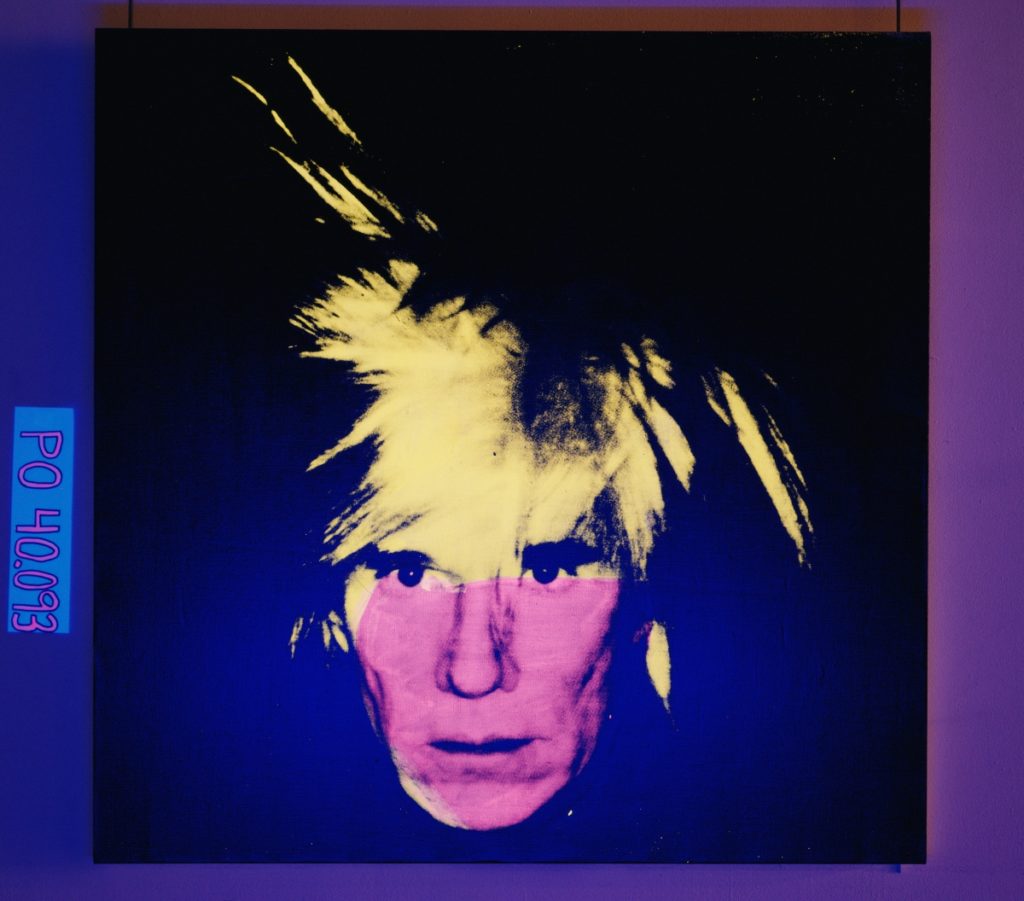
Rossi’s inquiry therefore benefits from and reflects contemporary attitudes and contemporary lenses. Critics and aficionados are well-versed in queer coding and can read Warhol’s work perhaps more favourably than some of his critics or peers might have while he was alive. Weaving through his diary entries about Interview magazine, his iconic covers, and the many voices of gay editors and staff members who helped Warhol’s publication flourish, the series illustrates the various ways in which Warhol created space for people who didn’t have room to express themselves in conventional languages.
Making Pop Art “Pop”
The Andy Warhol Diaries might be the least binge-able Netflix series ever, but it’s one of the better ones. With episodes running between 54 and nearly 80 minutes, it’s more a chain of thematically-linked features than a conventional series. Like Warhol’s own work, Rossi’s doc does away with the standards and norms.
One can’t help but stream away through The Andy Warhol Diaries and suspect that Warhol might have really loved Netflix. In the age of Tiger Kings, TikTokers, and influencers, many rising stars live fast and die young according to Warhol’s mantra. Interlinked with Warhol’s sadness in the series is his perceptive view of celebrity and ephemeral fame. The series plays additionally well at a moment when Florida politicians, funded by Disney, mount a “don’t say gay” campaign. Code naming a lover “Paramount Pictures” or “Mickey Mouse” in 2022 remains a reality for some, and people use tools to express themselves and create a counterculture just like Warhol did.
Much of his work anticipates the fleeting fame of the social media age, but also the ways in which a generation creates its own vernacular through viral videos and duck face selfies. Look closer at anything popular these days, and one can see Andy Warhol. If there’s ever to be a solid argument that there’s no inverse relationship between commercial viability and artistic intent, it’s to be made with Andy Warhol. Rossi’s series suggests that Warhol’s success was especially striking because of the love that fuelled it and the love that was sacrificed so that more people could see themselves reflected in popular art.




